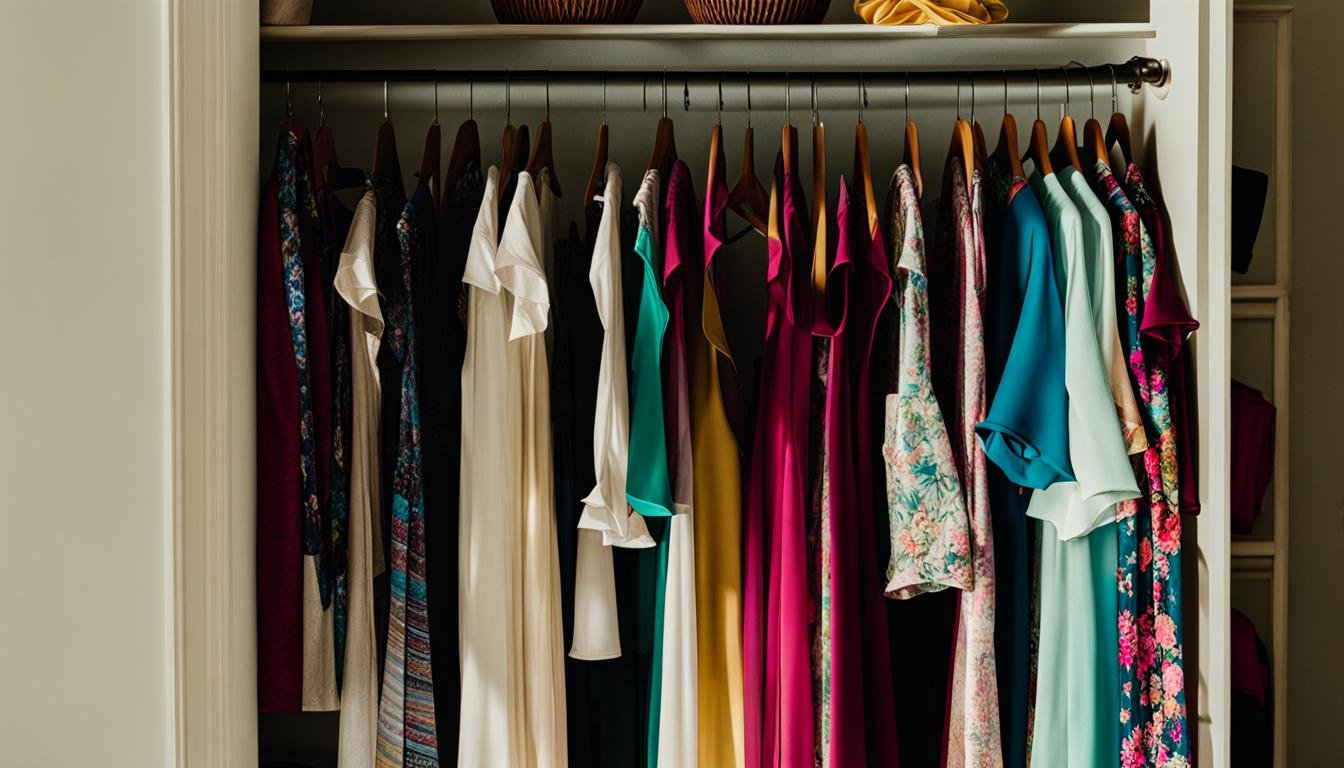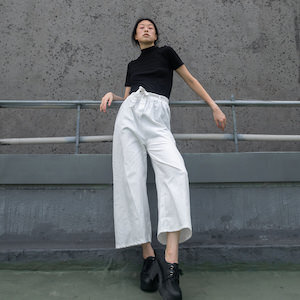
Sustainable Fashion
Sustainable Fashion
Sustainable Fashion 101
Featured

What Is A Capsule Wardrobe (Plus How To Build One In 2024)
Minimalism
Featured
Secondhand Shopping
Featured
Shopping Guides
Featured





























































